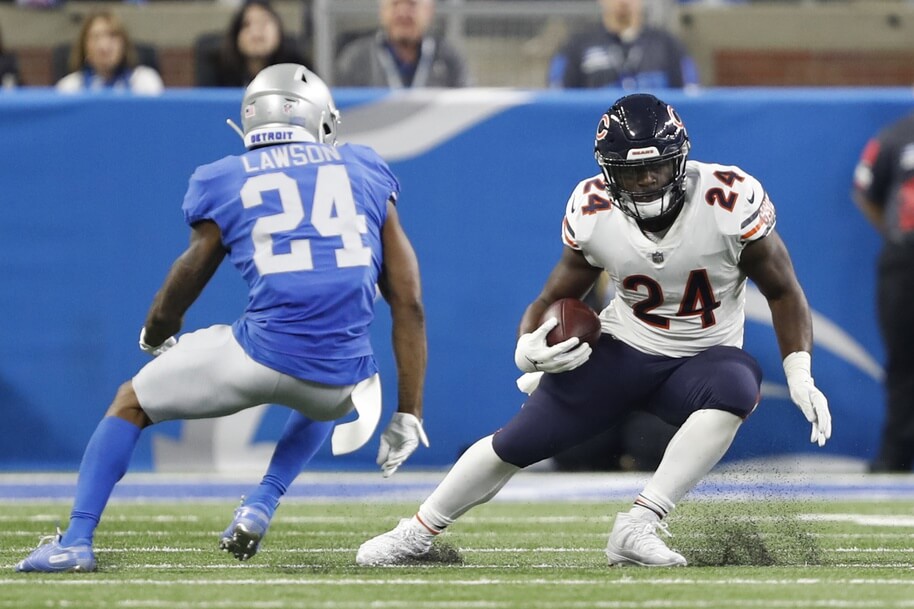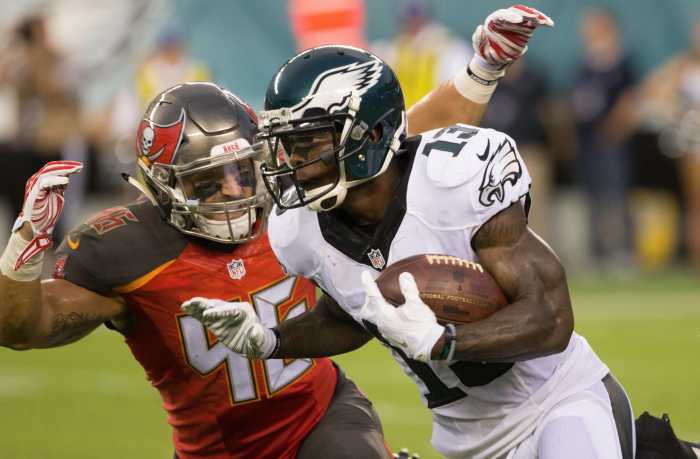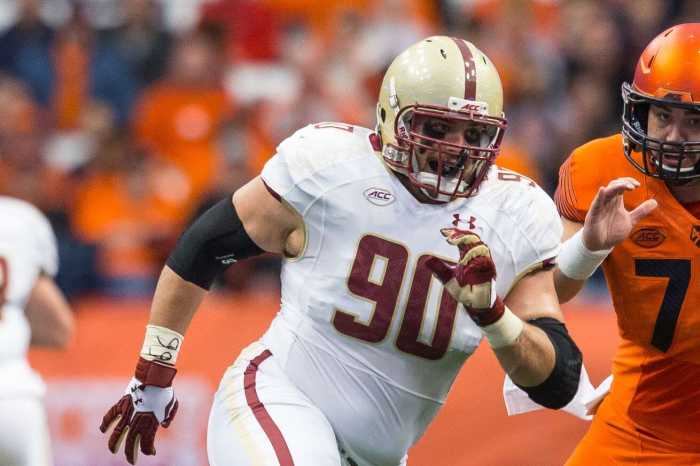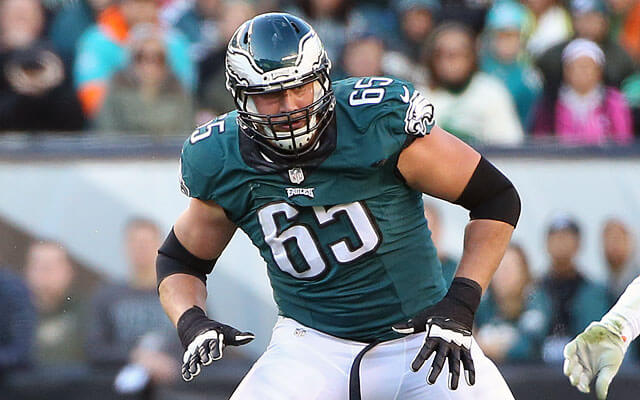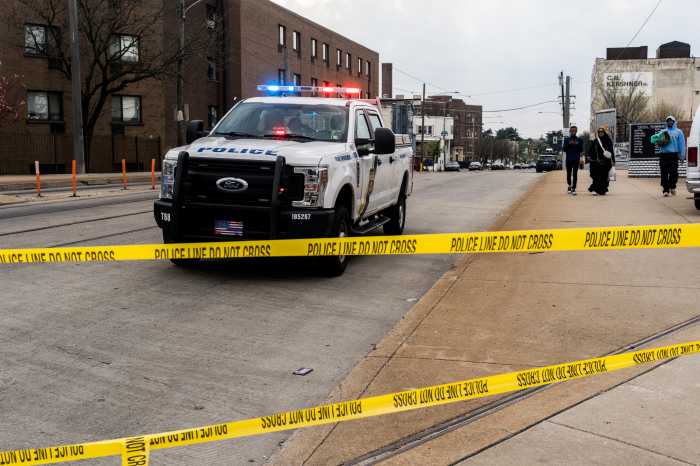Last season did not go according to plan for the Eagles offense- especially the ground game. A major component of HC Doug Pederson’s offensive scheme, the running game fell flat in 2018, recording just 1570 rushing yards. The putrid amount not only registered as the fifth-fewest in the entire NFL but was nearly a 600-yard drop-off from the Super Bowl campaign the season prior.
Fortunately for the Eagles, Doug Pederson proved once again why his name belongs amongst the rest of the current head coaching elite and lead the Eagles to an improbable playoff berth- making them the only team to rank in the bottom twelve in rushing and still make the playoffs in 2018.
While making the playoffs is certainly one of the team’s goals again this season, ranking near the bottom of the league in rushing is not on the agenda in Philly. To bolster their underwhelming running back committee of 2018, Eagles GM Howie Roseman traded for former Pro Bowler Jordan Howard and drafted stud prospect Miles Sanders at the top of the second round.
Howard, a 2016 fifth-round pick out of Indiana, was acquired from the Chicago Bears in exchange for a fifth-rounder in late March. Obviously a huge win for the Eagles, the move is still a bit difficult to understand from the Bears perspective. Trading with the Eagles is a risky enough proposition as-is for an opposing club, but shipping a player as talented as Howard to a Super Bowl-caliber team within the same conference is an extremely puzzling move for Chicago.
Since entering the league three seasons ago, Howard has been nothing short of productive during his time with Chicago. The workhorse back amassed 3370 rushing yards and 24 TDs on 778 carries- ranking third in the NFL in rushing yards since his debut.
Although his total numbers are a bit eye-opening, those skeptical of his 2019 prospects often point out his precipitous drop in production each year he has been in the league:
| Year | Age | G | GS | Rush | Yards | TD | Y/A | Y/G | A/G |
| 2016 | 22 | 16 | 13 | 252 | 1313 | 6 | 5.2 | 87.5 | 16.8 |
| 2017 | 23 | 16 | 16 | 276 | 1112 | 9 | 4.1 | 70.1 | 17.3 |
| 2018 | 24 | 16 | 15 | 250 | 935 | 9 | 3.7 | 58.4 | 15.6 |
As evidenced by the graphic, Howard has indeed experienced a dip in production each year since entering the league, but he has also experienced a new, bizarre set of circumstances each year since being drafted 150th overall.
In his rookie campaign, Howard was the sole bright spot in what went on to be a dreadful year for the Bears. After a 6-10 campaign in 2015, the
The Bears regressed severely in year two under John Fox and sludged their way to a horrid 3-13 finish in 2016. Due to a plethora of injuries and inefficiency at quarterback, the Bears had to roll out an underwhelming trio of Jay Cutler, Matt Barkley, and Brian Hoyer that year. As one might expect from a team rostering such a porous group, the offense wasn’t very electric.
Despite being in such a poor situation, however, Howard was able to successfully put the league on notice in his rookie season. The dynamic bruiser rushed for over 1300 yards and notched his first Pro Bowl selection. Howard set the league ablaze all year, routinely breaking and avoiding would-be tacklers en route to additional yardage.
Things wouldn’t come so easy in his sophomore campaign, though. After the Bears seemingly reached for Trubisky at No.2 overall in the 2017 draft, the former UNC quarterback didn’t exactly prove the doubters wrong. In an extremely conservative, unproductive John Fox offense, Trubisky averaged less than 200 yards through the air across 12 starts in another losing season in Chicago.
The atrocious passing game allowed opposing defenses to zero-in on and minimize the Bears ground game, particularly Jordan Howard. In fact, 43% of Howard’s carries came with 8+ defenders in the box in 2017- the fourth-highest clip in the league among those with at least 150 carries, according to NFL Next Gen Stats.
Still, Howard registered another impressive year, notching his second 1k-yard rushing season in as many years. Through two years surrounded by mediocrity, Howard proved to be a reliable, talented back capable of producing in less than ideal circumstances.
It’s no wonder then that many expected him to explode once again in Year 3 after the Bears canned Fox and his outdated offense in favor of the forward-thinking offensive-minded Matt Nagy.
With Trubisky expected to take a huge step forward, Howard would seemingly face less loaded box looks, thus creating the opportunity for a big year. Unfortunately for Howard, another year brought another odd set of circumstances. After being the unquestioned bell cow for the Bears his first two seasons, Chicago drafted RB Tarik Cohen to compliment him in the backfield and form a 1-2 punch in the new-look Nagy offense.
Continued on the page below.

